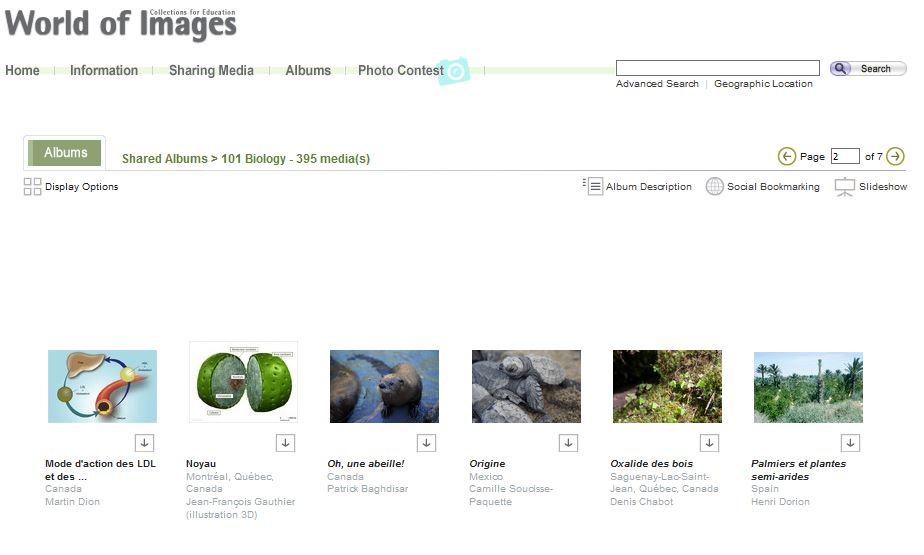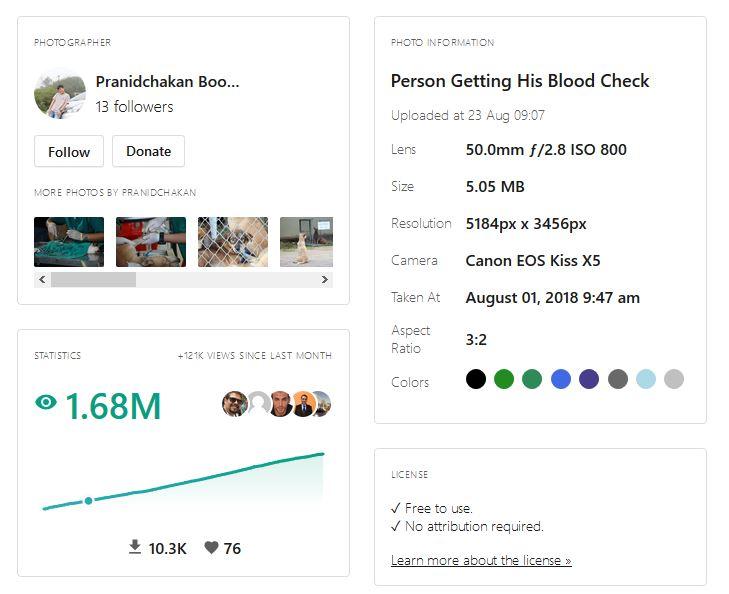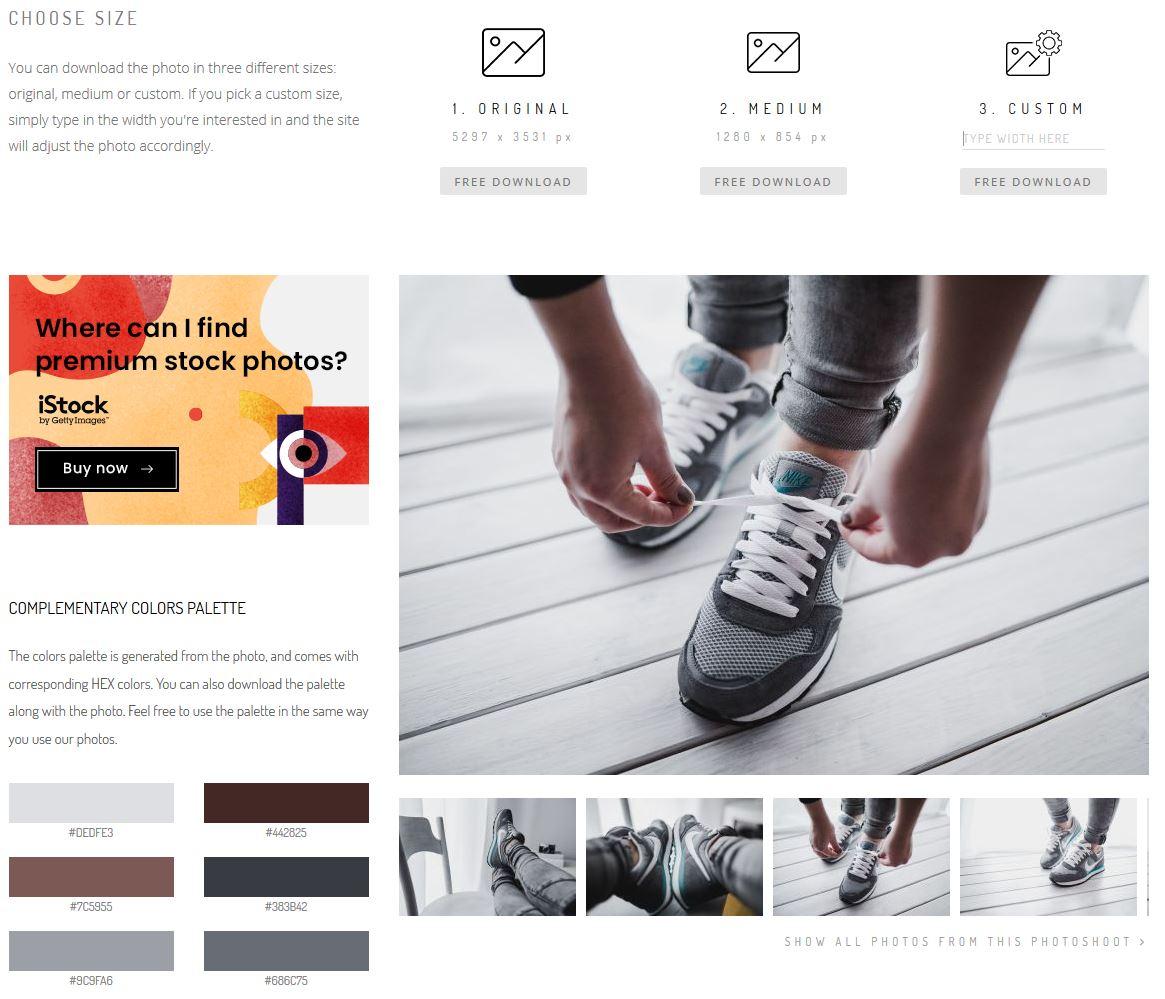Finding Free Stock Photos For Your Teaching Materials
In today’s Instagram age, my students expect visually appealing learning materials. Whether I am designing a Powerpoint presentation, preparing an online quiz, adding content to a learning management system (LMS) such as Moodle or Omnivox, or creating an Open Educational Resource (OER), I find myself frequently looking for high-quality images to integrate in these materials. Free stock photo websites make finding such images a breeze, while also ensuring I respect copyright and usage rights.
What Does ‘Free’ Mean?
Did you know that all images, regardless of whether or not they are offered free of charge, are protected by copyright law? Being able to view and download an image online does not automatically yield the right to use or reproduce that image elsewhere.
The Copibec agreement allows for fair use of copyrighted materials in printed course notes, in-class presentations and online materials found on an access-restricted LMS. However, course websites, blogs, OERs and third-party apps or platforms accessible to anyone browsing the web may not be covered by this agreement. A safer option is therefore using:
- royalty-free images
- Creative Commons-licensed images
- images in the public domain
Search engines like Google and Bing make it possible to search for images based on their license type. This seemingly quick solution may, however, turn into a daunting task because:
- the sheer volume of search results makes it difficult to find a high-quality image that corresponds exactly to your needs.
- images originally subject to copyright may have been copied by other websites, leading the search engine to label them as rights-free even though they are not.
Finally, not all royalty-free images are offered for free. In fact, most websites offering royalty-free images require the user to pay a one-time license fee. The ‘free’ in royalty free merely refers to the fact that you do not have to ask for permission or pay royalties to the owner of the image every time you use it.
Free and Royalty-Free
Stock photo platforms offering royalty-free images offer an interesting solution to the problems listed above. The images acquired from such websites are high quality and there is no ambiguity about their licensing. While most such platforms require a subscription or payment per image, the following websites are free. Keep in mind that in most cases, these images still require attribution.
- The World of Images website by the CCDMD (Centre collégial de développement de matériel didactique) was specifically designed to provide college teachers with copyright-free media for use in the development of quality educational material. It offers images, graphics and video content. These contents are regrouped in theme-based albums. College teachers are also invited to upload and share their own rights-free images.
- Pexels provides a vast selection of high quality and completely free stock photos shared by professional photographers under the Creative Commons Zero (CC0) license. All photos are tagged to make searching easy. It is also possible to follow photographers; e.g., if their usual subjects or style fit your needs. The Info button under each image displays technical information on the photo and specifies if attribution is required. The website requires users to sign up. At the bottom of each page, sponsored content is included. These images are not free.
- Pixabay offers a large collection of free stock photos, vectors and art illustrations. All photos are released under the Pixabay license, which does not require attribution, but encourages it. Its features are similar to the Pexels website. Android and iOS apps are also available.
- Negative Space offers a wide selection of high-resolution stock photos made available under the Creative Commons CC0 license. The website’s top menu allows you to search by keyword or browse by theme, while another menu at the bottom of the page allows you to regroup images by their predominant colour.
- Kaboom Pics offers a wide variety of free stock photos focused on contemporary style and colour, including abstract, city/architecture, fashion, food and landscapes. Every photo is accompanied by a colour palette suggesting complementary colours to be used with the image. This makes it especially appropriate if you teach in a program related to art, fashion and design.
- Mixkit stands out by its unusual curated offering, consisting of artwork and HD videos by professional creators. These are especially useful in programs that relate to visual arts and design. All of the content on the website is licensed for free, without the need to sign up or create a user profile.
- Foodiesfeed will appeal to you if you teach in a program related to the hospitality or food and beverage industries. All of the free stock photos it offers are of food and drink, meal preparation, and related topics. There is a 10-second delay before downloading an image, unless you create a free profile.
- Burst by Shopify caters toward entrepreneurs and companies, which make it an interesting option if you teach in a business-related program. It also contains a worthwhile selection of education-themed photos.
- Other websites that may be interesting to find images for educational purposes include Unsplash, Stocksnap, and Reshot.
These are but a selection of the myriad of websites offering free stock photography, and new platforms appear regularly. Of course, these resources are equally useful for your students when they prepare a presentation or assignment. If you rely on a different free source for the images you use as part of your teaching practices, do not hesitate to share it in the comments below!





